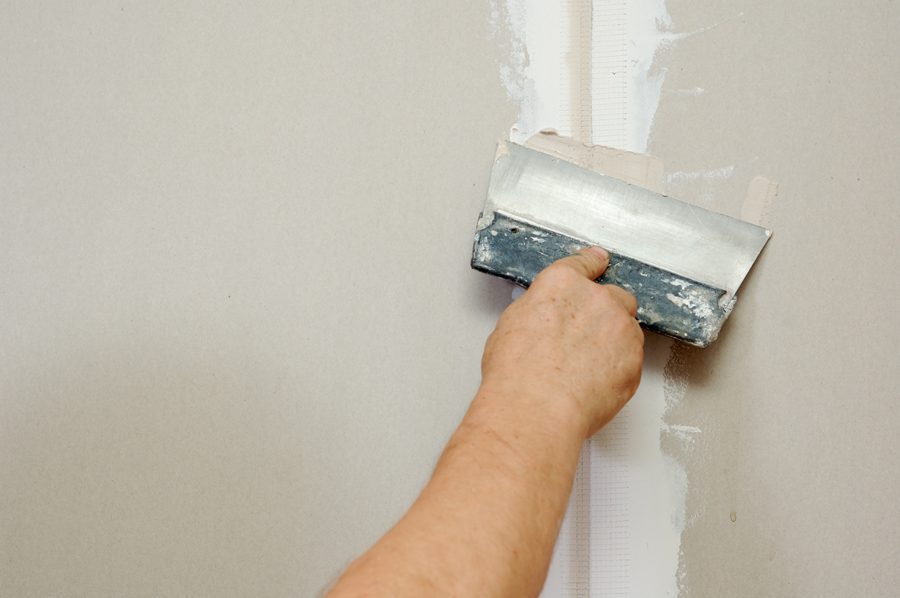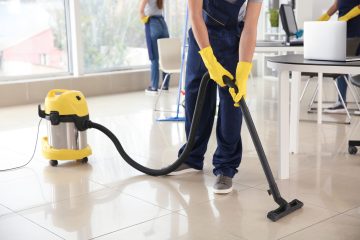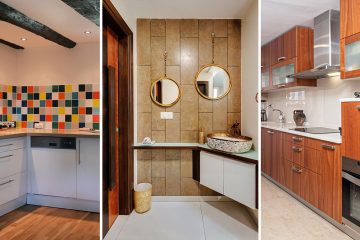What To Expect From Gib Stoppers In Auckland When Skimming Walls

This guide explains how to skim walls correctly and what you can expect from GIB stoppers.
Wallpaper removal
Start by wetting each layer and letting the water soak in. Use a wet large sponge or wallpaper steamer to speed up the process.
The experts suggest that you wet the entire surface several times. To save time, you can use a scraper to remove the paper in large chunks. You can leave some layers in place if you are unable to remove them.
These layers will also be sufficiently fixed to be plastered over. You should follow the correct preparation procedures.
Prepare the area before your GIB stopsper arrives and the process begins.
- Remove wall hangings, antiques, and other valuable items from the room.
- To avoid dust damage, remove all electronic equipment from the area.
- Place the largest furniture at the center of the room.
- To prevent dirt from getting on the furniture, cover it with large cloth sheets.
- If you want to finish the job faster, don’t break the task into smaller pieces.
Prepare walls or ceilings before skim-coating
First, your GIB Stopper will lightly sand and remove all debris from the surface. He will then cover the surface in a high quality oil based, pigmented sealer. The OBPS is designed to stabilize and strengthen board sealings in old adhesives. The sealer also prevents the compound from reacting and leaching after the skim coatings are applied. OBPS, which is a mixture of modified oils, is highly aromatic when it is applied to the surface. It is for this reason that experts suggest to not use the space affected during the skim coating process.
Install thin steel lines on any corners
Your GIB stopper installs the steel slim line to the corners of the room that bulge out. Steel slim lines can be manufactured and installed to create a square appearance instead of the traditional timber corner or rounded profile.
Reinforce the joints to prevent cracks
To prevent cracking of the plastered surfaces over time, it is better to use a paper-based reinforcing tap rather than a fibre reinforced tape. The tape is then applied to the surface using highly adhesive plasters in order to achieve a solid bond. Hire a GIB stopper who is skilled in using perforated paper. Many specialists use fibre to reduce the amount of time and labour costs.
Re-enforce the corners of your paper by using a re-enforcing sheet
GIB Stoppers professionals always recommend using paper tape to redefine the internal corners and reinforce them. It not only reinforces the corners but also improves the visual appeal of the entire room. You can choose to straighten the line if the plasterboard or framing in your room are out of alignment. This will hide the defect. If you live in an older home, the internal corners may be covered by a 1/4-round corner bead. This should be removed before GIB Stoppers can begin work.
Wall Straightness
A few older homes also have different framing variations. Skim coating can be used to correct such farming errors by smoothing the texture. Skimming doesn’t create straight walls. If there is an irregularity that is difficult to see because of its size, shape or color, your specialist may be able to help you reduce its appearance.
Wall skimming
In the wall skimming process, the first coats of high-adhesive compound are applied to the surface. These compounds are extremely hard and durable. The second coat is applied to the surface in order to fix any scratches on the paper or nail holes. This coat is used to determine if pinholes are present or not on the surface. If this is the case, additional coats will need to be applied on the affected areas. The final skim coats can be applied in an air-drying compound to sand all surfaces. Your specialist will then use a 500w floodlight to look for any pinholes. They will then sand these.
Halogen floodlights are specifically designed to illuminate areas that may not be easily visible. Seal the entire area if pinholes can be seen after the final sand.
Timeframe for wall skimming
“It takes a lot longer to skim coat a wall than GIB stopping. Skim coating a wall will take 3 to 4 times more than GIB stopping. You will have to make several trips if you want to skim-coat a small area. It takes a crew about a week to skim-coat a single bedroom, and it can take up to 1.5 weeks to skim-coat a whole house. These are reasonable time frames that allow the surface to properly dry. For Auckland’s Premier Gib Stopping Services, timing and quality are assured.”







